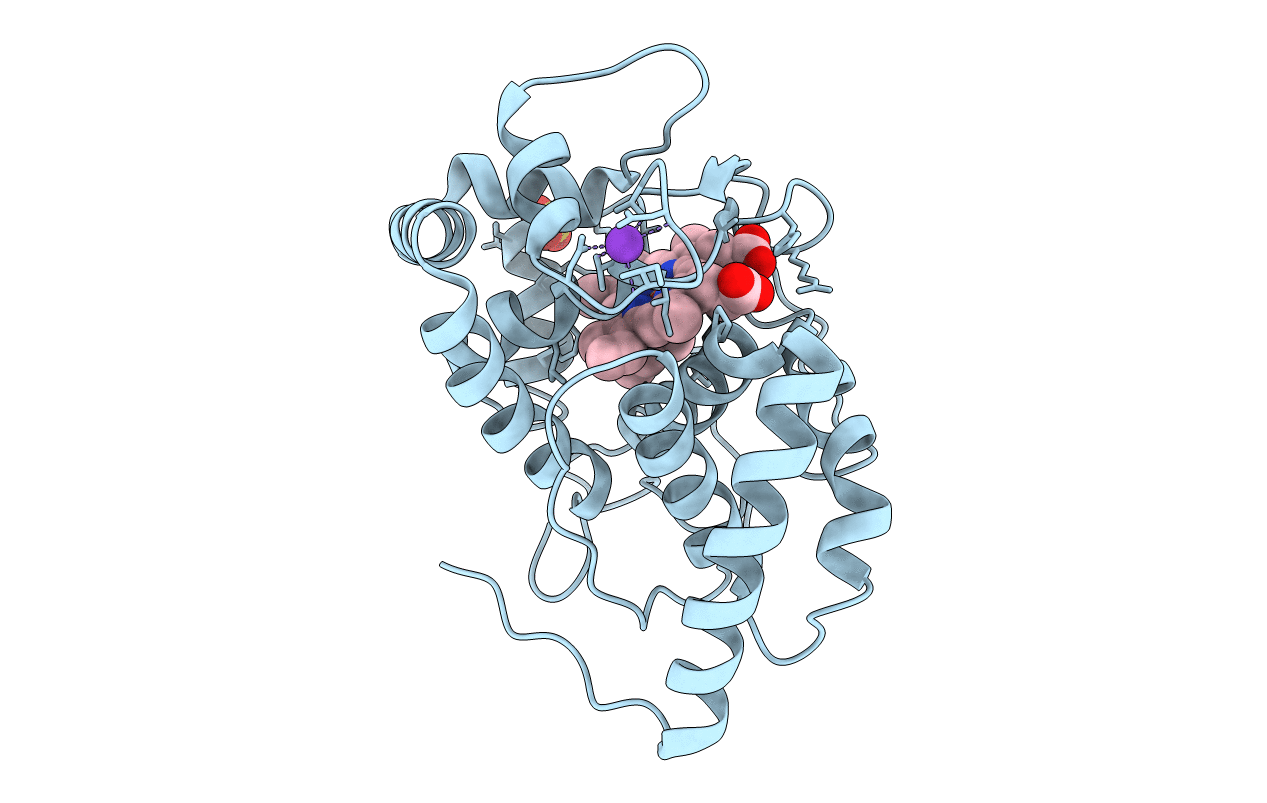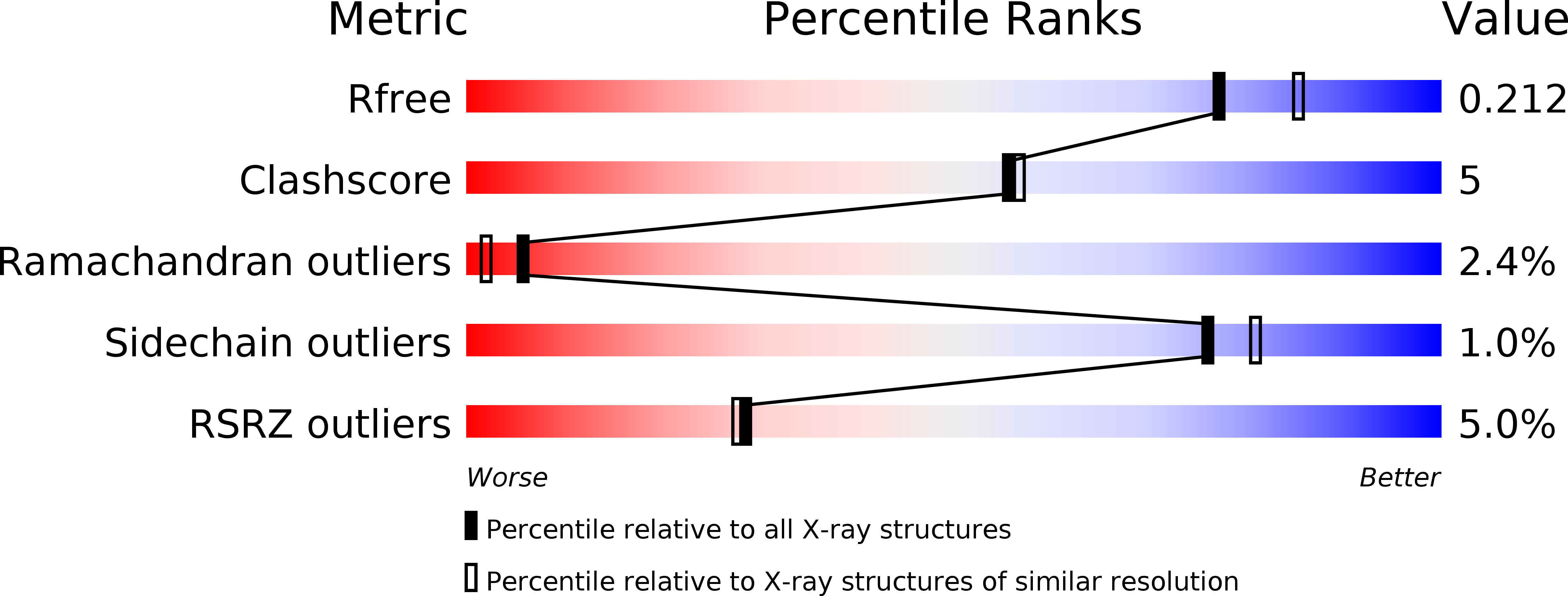
Deposition Date
2012-11-23
Release Date
2012-12-19
Last Version Date
2023-12-20
Method Details:
Experimental Method:
Resolution:
2.00 Å
R-Value Free:
0.21
R-Value Work:
0.15
R-Value Observed:
0.16
Space Group:
P 42 21 2


